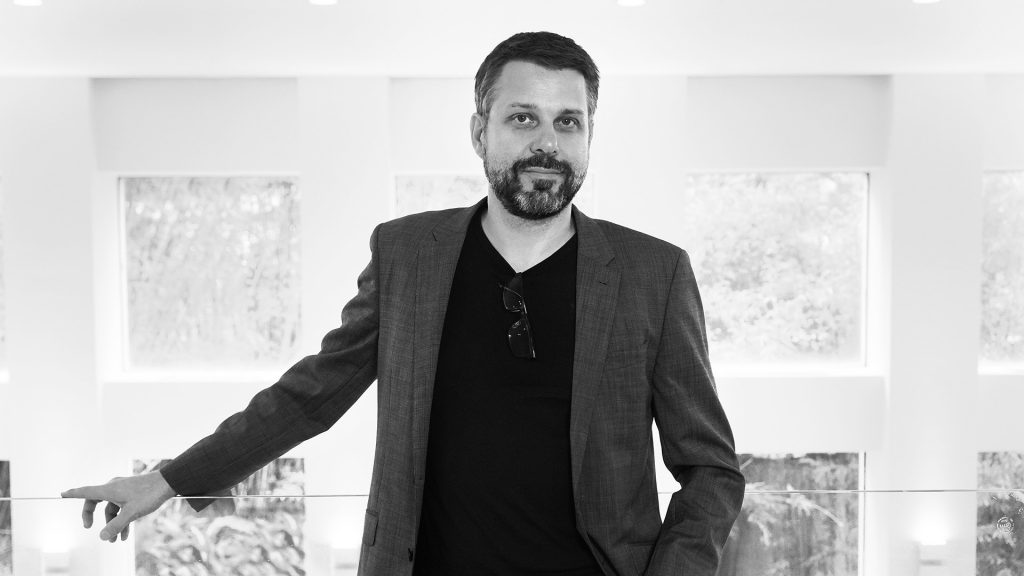

When it comes to brand building, less isn’t always more
In this guest post, Hulsbosch’s creative director Marcel Wijnen, casts his design eye over what truly makes a brand and says it’s all about being true and essential…
To do simple – and to be original – is a truly tough task. Not impossible, but not easy. Naturally, we can get lost in ‘striving for simplicity’ and forget about the question we should really be focussing on – ‘what’s really important’?
Particularly in a world where the nature of our business means we are constantly challenged to add more messages, more visual cues, more contextual references, more proof-points – to create greater relevance to more audiences, on more occasions, across more channels.
A search for ‘more’ usually equates to just the opposite, but the daily challenge of ‘more’ can sometimes feel persistent particularly when refreshing brand logos and identities.
As designers or communicators or strategists, we often take this challenge on by defaulting to a minimalist approach from the outset – to convince the client, or the internal clients, or for that matter ourselves, a pursuit of minimalism will create a profound simplicity hat will somehow magically connect with consumers of our brand.
Striving for minimalism comes with a good set of issues and pitfalls. The most obvious is the simpler the ideas, the more likely someone else out there in this big and easily searchable world, has already thought of the same idea, and already done it.
The real conversation should be around what is ‘essential’; not in the sense of a baseline entry attribute, but the kind of essential that is the truth of a brand; something much more than just ‘minimalism’ – an undeniable essence at the heart of an organisation and brand.
This kind of essence commands appeal for those that consume the brand, because it comes from a real place – a truth.
This means pushing harder with clients or their consumers to find that deeper truth. This may include looking back at where the brand and business have been and having a more honest conversation about it. Or it may be about having a similar discussion about their future, and where they a heading.
The new Burger King refresh by Jones Knowles Ritchie is a great example. Burger King has historically been a simple, honest and authentic brand. The refresh goes back to the brand’s roots, its essence, and plays creatively with new and retro illustrations, colours and type that really drive an unprocessed characteristic that resonates with consumers looking for honesty from a brand.
Compare this with McDonalds self-described minimalist campaign that features an ingredients list with no brand sign off. You can’t help but feel lost at the cleverness of the communication and it leaves you cold and detached. Burger King is speaking to the heart, McDonalds is speaking to the mind. I think we all know the heart always wins.
Similarly, you can look at the General Motors refresh and wonder what their new lowercase electrified simplicity is really saying about the brand? Maybe it is trying too hard to convince me that the brand is young, and relevant in a greener transitioning automotive world. It doesn’t feel authentic.
Contrast this with the new Standard Chartered refresh, which is simpler and efficient, and there seems to be a purpose, as the new expression of the mark appears stronger. A softer, more human and genuine approach follows the bank’s roots and diverse community focus.
When a brand is in your hands to nurture forward, to grow, to evolve, to reinvent – the greatest challenge we should be focused on is – what is true and essential about the brand?